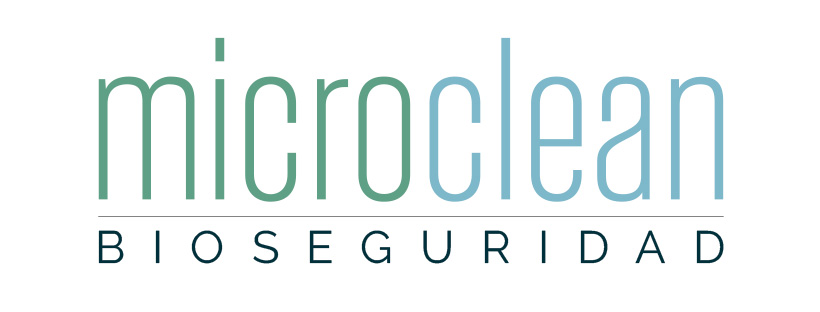Si te preguntas cómo podemos determinar el peligro de contaminación al que un espacio o superficie puede estar sometida, sigue leyendo porque hoy te contamos cómo evaluar correctamente el riesgo de contaminación biológica.
Lo más importante y, en cierto modo, lo más lógico antes de determinar el nivel de bioseguridad al que nos enfrentamos (que puede ser nulo y peligroso), es realizar una evaluación del riesgo para “clasificar” el tipo de amenaza microbiológica ante la que estamos expuestos.
Una vez conocemos a fondo el patógeno o su combinación mediante analíticas, podemos estudiar cuál es la mejor solución para controlarlo y eliminarlo. Es decir, para proceder a la desinfección y diseñar el protocolo de actuación idóneo de prevención y control para evitar su proliferación y/o reaparición.
Diferenciando los diferentes tipos de riesgos de contaminación
Ahora bien, todo lo que te acabamos de contar en el apartado anterior está supeditado a la peligrosidad y características de riesgo biológico del sector en el cual nos encontremos.
Y es que no es lo mismo una desinfección en espacios de tránsito masivo como una estación de metro o tren, que la desinfección en laboratorios, centros de investigación o salas blancas donde los niveles de asepsia deben máximos. Al igual que no es lo mismo garantizar la bioseguridad en aeropuertos, instalaciones de militares o de Defensa, que en hoteles o colegios, por citar algunos ejemplos.
Los requisitos de desinfección y asepsia vendrán siempre marcados por la actividad empresarial, económica, educativa, sanitaria, etc., a la que nos enfrentemos y su regulación.
En cualquier caso, la evaluación del riesgo de contaminación biológica debe contemplar las propiedades de los espacios, las superficies, el posible material “biopeligroso” que contenga o quede expuesto o implicado de algún modo. Y también tener en cuenta los procedimientos y tecnologías presentes en el quehacer diario del espacio a desinfectar y controlar.
Entre otros aspectos, debemos prestar atención a:
- Las propiedades de los materiales sobre los que se aplicará la desinfección.
- La patogenicidad o tipología de microorganismo patógeno.
- Las dimensiones del espacio a tratar.
- Las características del mobiliario, equipo técnico y/o tecnología.
Cómo es posible reducir la contaminación biológica de un espacio
Por todo lo anterior, las labores de desinfección, que se refieren exclusivamente a aquellas labores que tienen por objeto la eliminación de los organismos patógenos en superficies y objetos, al objeto de reducir el nivel de contaminación biológica y microbiana, deben planificarse con suficiente antelación.
Para realizar esta tarea con seguridad, eficiencia y eficacia debe recurrirse a profesionales especializados. Profesionales que cuenten con su número de empresa registrada en el Registro Oficial de Empresas de Servicios Biocidas -el nuestro es ROESB: 1127-CM-ES-.
En definitiva, a la hora de afrontar una desinfección de este tipo, es decir, la relativa a la eliminación de virus, hongos y bacterias, debemos comprobar la profesionalidad y capacidad de certificación de la empresa que vaya a realizar dicha intervención y ofrecer, nada más y nada menos, que los servicios de bioseguridad y desinfección de patógenos con los que garantizar la salud de las personas.
¿Necesitas que evaluemos el nivel de riesgo de contaminación biológica de tus superficies?
Microclean-Solutions, expertos en Bioseguridad Ambiental y Desinfección Microbiológica. Más de 6 años de experiencia librando de gérmenes patógenos, bacterias y virus todo tipo de espacios y superficies.


